These are the winners in the 2022 Sony World Photography Awards Architecture & Design Category
By Josh Niland|
Tuesday, Apr 12, 2022
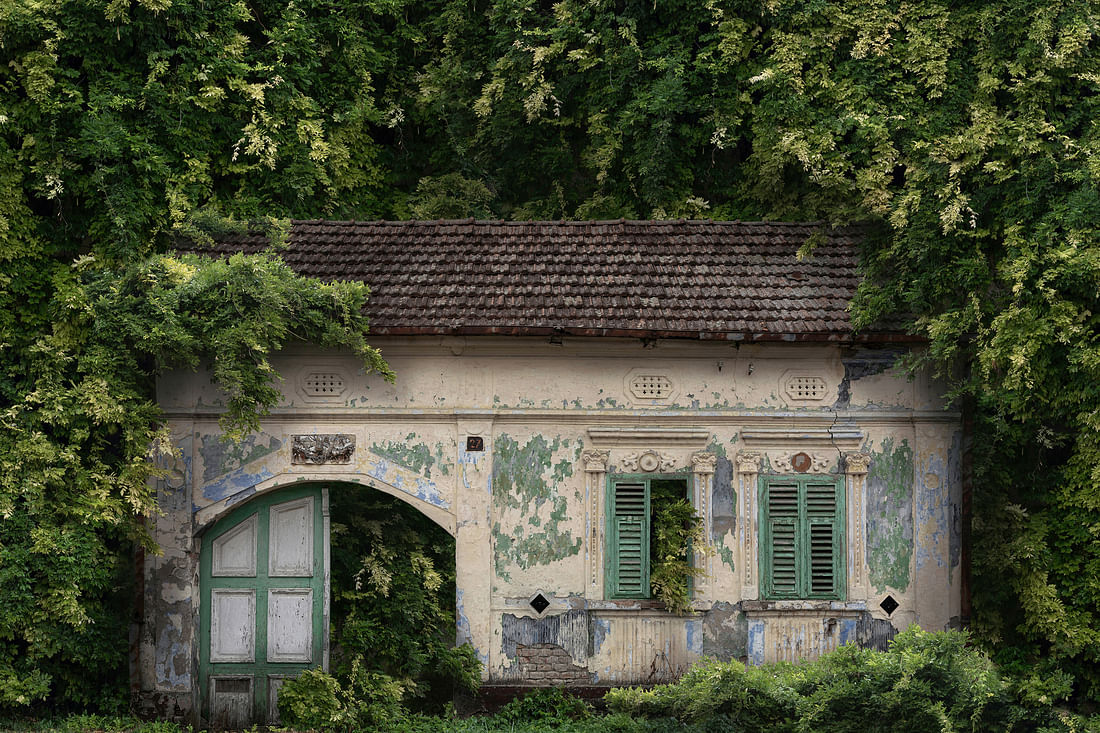
Related
The Sony World Photography Awards has named the winner and two runners-up in the Architecture & Design section for the 2022 edition of its prestigious annual honors.
A documentary series about abandoned villages in Croatia’s eastern Slavonia region by photographer Domagoj Burilović took home the top prize in this section of the Professional category, followed by an exploration of the colorful cityscape in the Kazakh capital of Nur-Sultan by Spanish photographer Javier Arcenillas, and a series of cyanotype blueprints recreations made using digital post-production software by the Taiwanese national Yun Chi Chen.
Jason Au of Hong Kong. Australian Serena Dzenis, Palestinian Khalid Najib, Rene Cassio Scholz of Germany, and Mark Henley of the UK were also mentioned on the Professional category’s shortlist. Hong Konger Anthony Chan won the Architecture section for the Open category joined also by fourteen other shortlisted entries.
Since 2007, the awards have recognized the best lenses in the world as exampled by the current overall Photographer of the Year Adam Ferguson and Outstanding Contribution to Photography winner Edward Burtynsky.
The winning entries in each category will be on display in an exhibition at London’s Somerset House which runs from April 13th through the 2nd of May. Additional information about the 2022 winners can be found here. Scroll down to find out more about this year’s Architecture & Design honorees.
PROFESSIONAL CATEGORY
1st Place: Dorf by Domagoj Burilović (cover image)

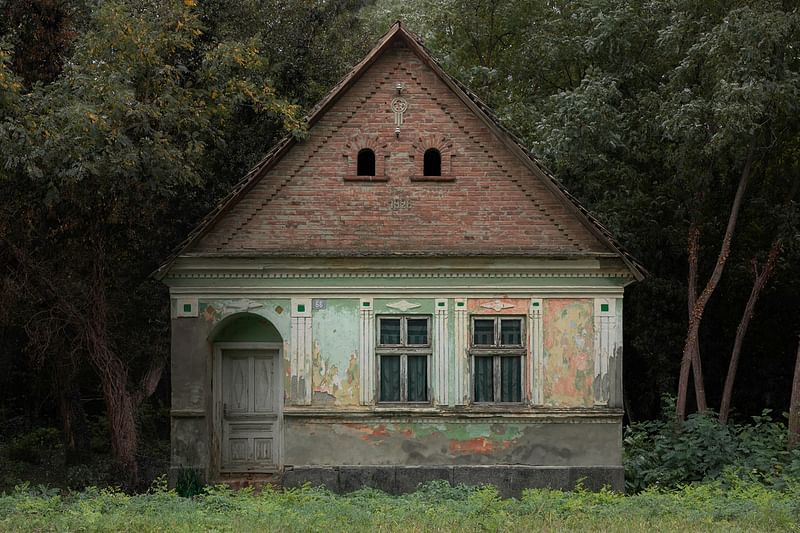

Artist's statement: "Dorf‚ is the German word for village. In the 19th century, the Croatian region of Slavonia was inhabited by people from all nations of the Austro-Hungary empire. A fast economic development began with the exploitation of forest and land. Villages became an elementary demographic unit. German colonists made the largest cultural impact through language, crafts and architecture. Instead of building with mud, people started to build with baked bricks‚ this raised the quality of life. The irony of history is that today, due to the impact of the war in Croatia and subsequent industry decline, the population is leaving Slavonia for Germany, in search of a better life. With the extinction of the village, the historic houses that became part of its cultural identity are the first to decay. These photographs are a photo montage of houses and local nature. Exploitation of nature was the reason these houses came into being, now this very nature is destroying them."
2nd Place: Nur-Sultan by Javier Arcenillas

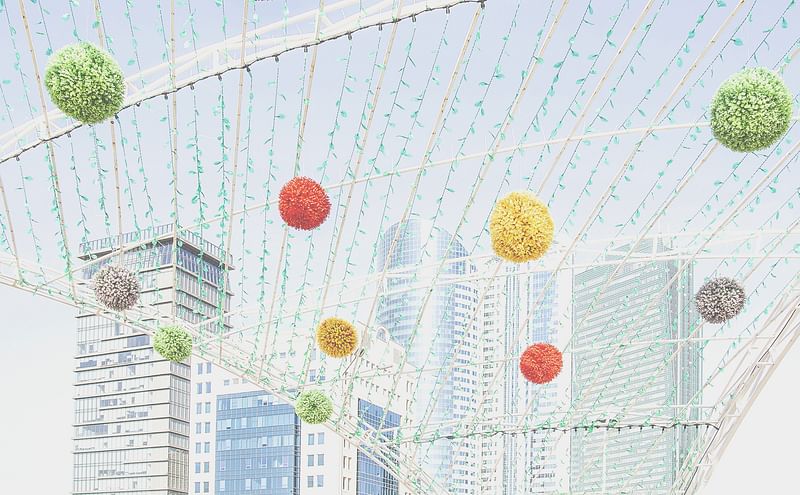

Artist's statement: "Kazakhstan renamed its capital Nur-Sultan in honour of its former president, Nursultan Nazarbayev, who resigned in 2019 after holding power for three decades. Formerly known as Akmola (white tomb) and then later Astana (the capital), the city was first designated as the capital by Nazarbayev in 1997, replacing Almaty. Until then, it was only a remote corner of the former USSR, a region known for its icy climate and for hosting one of Stalin's notorious Gulags. Conceived by Nazarbayev, Nur-Sultan was designed to befit a country rich in minerals and oil. He recruited the talents of renowned architects such as Sir Norman Foster and over time constructed a city of concrete and glass, full of impressive futuristic buildings, huge shopping centres and enviable sports halls. What was once a forgotten and inhospitable territory is today a city of 800,000 inhabitants, as incredible and eccentric as any of its wealthier neighbours."
3rd Place: Blueprint by Yun Chi Chen


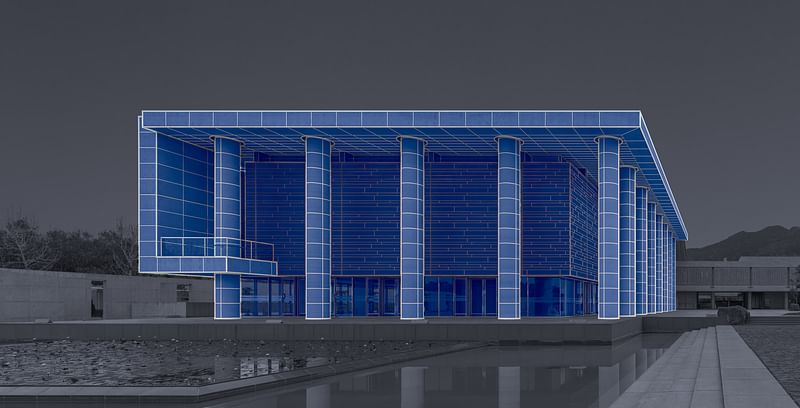
Artist's statement: "In 1842, Sir John Herschel discovered the cyanotype. At a time when printing techniques were still developing, the cyanotype was the most efficient and stable printing method.Traditionally, the cyanotype was used in blueprints and to produce photographic prints. In this work, I imitate the process of creating a cyanotype by using digital post-production techniques to retrace the outlines of the buildings. The result is a multi-layered image resembling an architectural blueprint."
OPEN CATEGORY
Architecture, winner: Anthony Chan
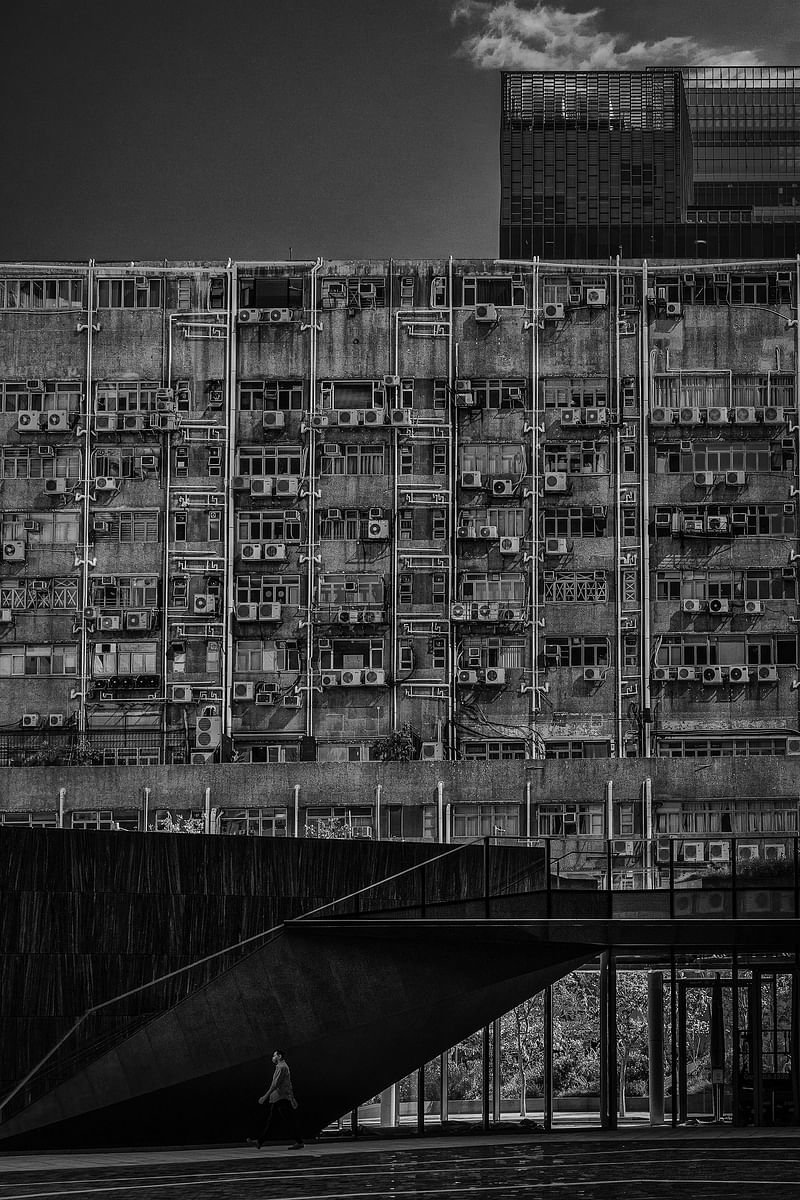

RELATED NEWS 2022 Julius Shulman Excellence in Photography Award goes to James Florio

RELATED NEWS The Art of Building photography competition announces 2021 winners


Share
0 Comments
Comment as :